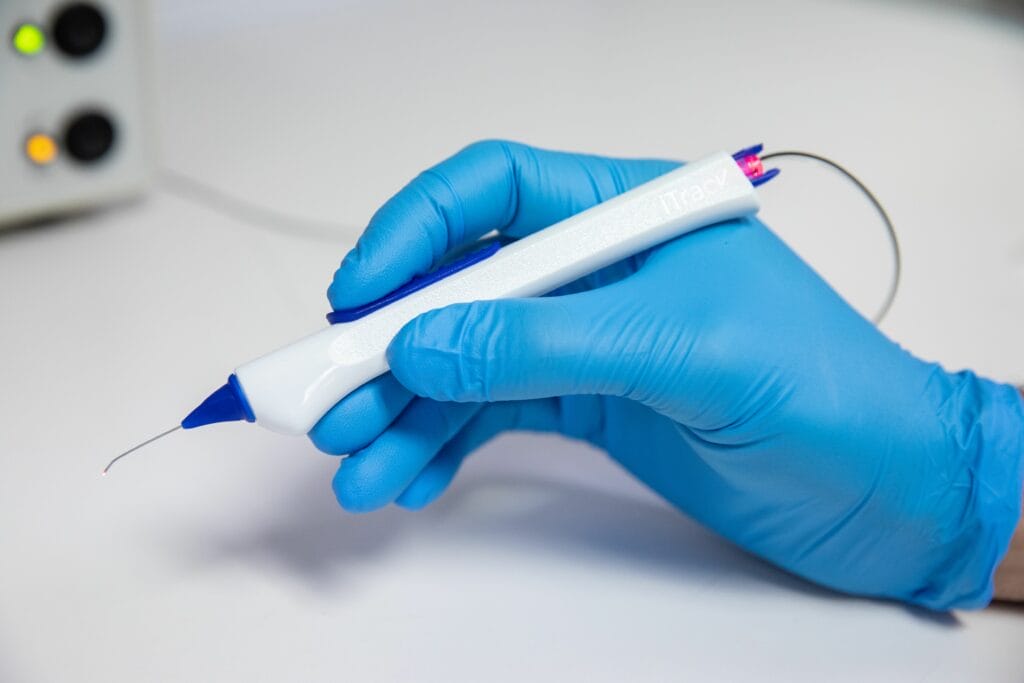Canaloplasty Surgery in Germany
Canaloplasty is a modern, non-penetrating glaucoma surgery that restores the natural drainage system of the eye to effectively lower intraocular pressure (IOP). In Germany, canaloplasty has become one of the most trusted techniques among ophthalmologists and glaucoma specialists, offering long-term stability and minimal complications. The country’s advanced surgical technologies and patient-centered approach have made it a preferred destination for glaucoma care.
Why Choose Canaloplasty in Germany
Germany is recognized globally for its precision-driven eye surgery standards. Canaloplasty offers a safer and less invasive option compared to traditional filtering surgeries. Instead of creating an artificial drainage pathway, this method enhances the eye’s natural outflow system, preserving anatomy and reducing the risks associated with bleb formation or infection.
Key Advantages
Long-term intraocular pressure control without bleb complications
Lower risk of infection and hypotony
Faster visual recovery and fewer postoperative visits
Minimal dependence on glaucoma medications after healing
Performed by highly experienced German ophthalmic surgeons
Patients undergoing canaloplasty surgery in Germany benefit from cutting-edge medical facilities, customized surgical planning, and thorough postoperative monitoring.
How Canaloplasty Works
The procedure involves creating a small scleral flap to access Schlemm’s canal, the natural drainage channel of the eye. A microcatheter is then inserted around the entire 360° circumference of the canal, injecting viscoelastic material to dilate and restore fluid flow.
Once completed, a tensioning suture is placed to keep the canal open, allowing continuous fluid drainage and lowering eye pressure naturally. This non-penetrating approach minimizes the risk of sudden pressure drops or complications typical in more invasive glaucoma surgeries.
Ideal Candidates
Canaloplasty is especially suitable for:
Primary open-angle glaucoma patients
Individuals seeking non-penetrating alternatives
Patients intolerant to multiple glaucoma medications
Those with moderate IOP levels not controlled by drops alone
German surgeons carefully evaluate each patient through comprehensive eye exams, optic nerve imaging, and visual field testing to ensure canaloplasty is the most effective choice.
Cost of Canaloplasty Surgery in Germany
While the cost of canaloplasty varies among clinics, it remains an affordable long-term investment for vision preservation. German healthcare facilities are known for transparent pricing and detailed pre-surgical consultations.
Find out how Germany patients budget for glaucoma treatment.
(https://glaucoma.ph/glaucoma-surgery-cost-germany-2025-guide/)
The procedure’s cost typically includes surgical fees, facility use, surgeon expertise, and postoperative care. Many patients find it a cost-efficient alternative to lifelong use of glaucoma medications.
Recovery and Aftercare
Recovery after canaloplasty is generally smooth, with most patients returning to normal routines within a few days. Common recommendations include:
Avoid heavy activities for one week
Use prescribed anti-inflammatory drops
Attend all follow-up appointments for IOP monitoring
German clinics emphasize personalized aftercare programs and continuous follow-up to ensure optimal results. Postoperative management focuses on maintaining the patency of Schlemm’s canal and stable IOP.
Success Rate and Long-Term Results
Studies from German eye hospitals show canaloplasty can reduce IOP by 30–40% in most patients, with long-term control lasting several years. The procedure’s high success rate and low complication rate make it a preferred choice among both surgeons and patients seeking sustainable glaucoma management.
Patients commonly report:
Clearer vision and reduced medication dependence
Improved comfort due to the absence of bleb formation
Stable long-term pressure reduction
Conclusion
Canaloplasty surgery in Germany represents the next generation of glaucoma management, merging advanced microsurgical precision with the body’s natural drainage mechanisms. Its safety, stability, and proven efficacy make it ideal for patients seeking reliable long-term control without invasive risks.
With Germany’s excellence in medical innovation and skilled ophthalmic care, canaloplasty stands as a trusted and effective path toward preserving vision and improving quality of life for glaucoma patients worldwide.




